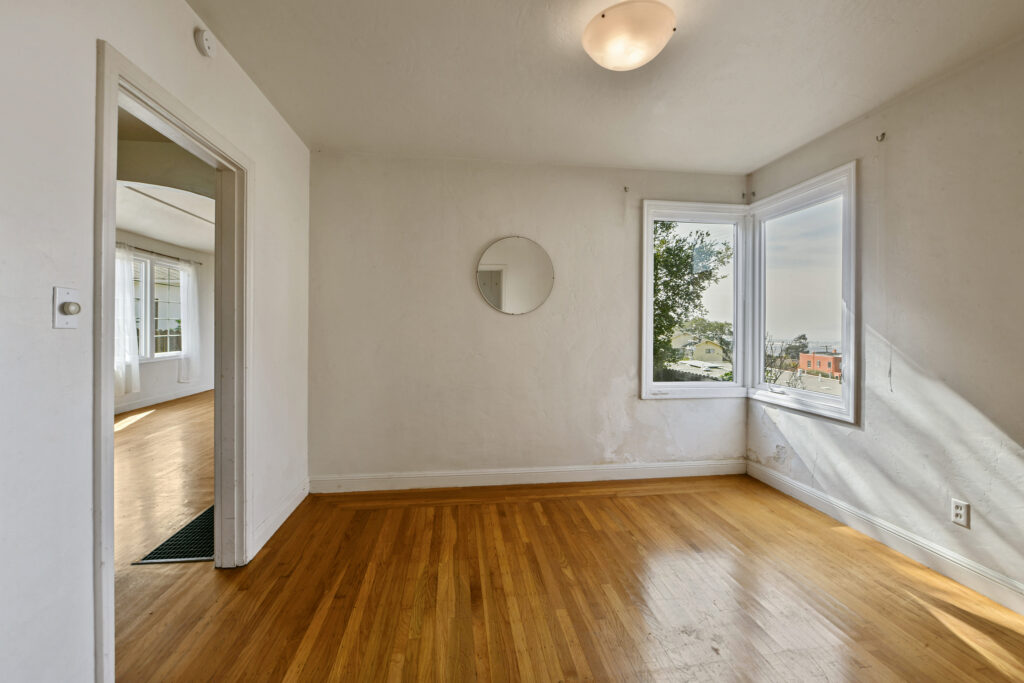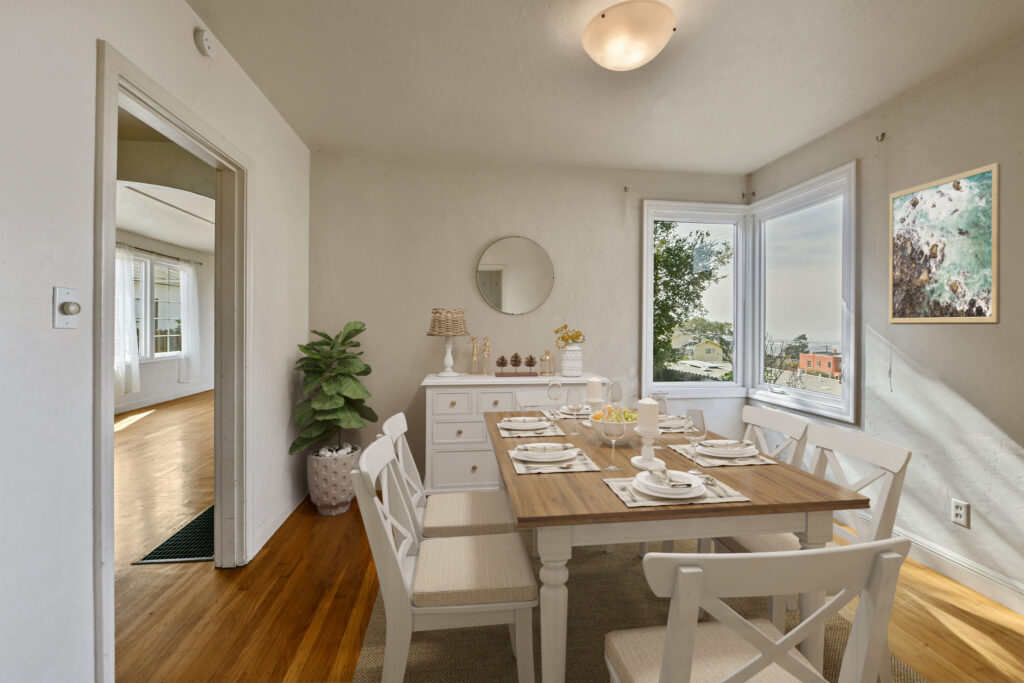To Stage or Not To Stage? That is the Question

Co-authors Loren A. Emmanuel, Fiduciary and Michael J. Stephens, Realtor
When a cash-out refinance (as we discussed last month) is not possible, or after the death of an elderly loved one or client, often the trustee will look to selling a residence or rental. The decision as to when and whether to sell real property has significant tax consequences due to capital gains and property taxes. So, the first step in coming to this decision will be answering a few questions such as; how long has the owner owned the property? Does the family expect to keep the property for rental income? Or, does the elder have other assets to use to pay for in-home care? For advice on specific tax consequences, always seek the advice of a qualified tax professional.
Once the decision has been made to sell a property, the realtor chosen will have ideas for preparing the property for sale to expose it to the largest pool of potential buyers. One of the questions I always ask realtors is whether to stage or not. This month we spotlight another Advisory Circle member, Michael Stephens of Highland Partners. He is one of the most efficient and hardest working realtors in the East Bay.
The goal of marketing efforts to sell residential property is to allow the buyer to make a connection with the house they will be living, loving, and laughing in for many years. You want to make a memorable, positive emotional connection with as many buyers as possible. This is the key to generating many offers from qualified buyers. One decision is whether to stage the property. This creates much more attractive photos as opposed to empty rooms. Upon arrival, the buyer can imagine themselves relaxing in the living room and sharing dinner in the dining room with family and friends.
Which would you find more appealing?


There are two ways to stage. Actual and virtual. Actual is just that. Real furniture and accents moved in by a designer with an eye for details. The other way to stage is virtually. The cost of virtual staging is $200.00 vs $2,500-$5,000 for actual staging. The negative to virtual staging is the buyers shock upon arrival at the home when they see a cold, vacant house. I’ve heard this many times. There is a middle ground. Listing a virtually staged house with both the staged and vacant photos side by side in the MLS and other marketing venues. However, this still leaves the buyer in a colder vacant house upon arrival.
Consider that the average house in the east bay sells for $500,000 to $1,000,000. Will an extra $2,500-5,000 in cost bring more buyers to the table or significantly raise the offers? I believe it will.
Since some properties, such as a “fixer property†or even many rentals may not require staging, it is best to interview a few real estate agents before signing a listing agreement to discuss this and other thoughts on how to best market the property. With rentals or “fixers†the buyers are more interested in cost-benefit rather than making an emotional connection. They often want to see “as is†as they plan the remodel and reconfiguring of the house. This is also why I normally recommend having basic inspection reports done before going on the market. In this way all types of buyers are provided the type of information they will need to make this investment decision.
Michael J. Stephens
2077 Mountain Blvd. Oakland, CA 94611
510.816.9693 cell, 510.263.6090 e-fax . BRE 01186416
#1 Top producer 2016-2019: Seniors Real Estate Specialist : E-Pro
